The discovery of quantum mechanics at the start of the 20th century shook the very foundations of physics, forcing scientists and philosophers to reexamine everything from particles upward. But as this short animation from MinutePhysics explains, the quantum revolution was jumpstarted by a rather unremarkable question. As the German government asked the theoretical physicist Max Planck: how can lightbulbs be made more efficient? To help solve the problem, Planck tried to account for the changing colour of light based on temperature, which he eventually realised couldn’t be explained by classical Newtonian physics. Working backwards from his data in ‘an act of despair’, Planck found that light wasn’t emitted continuously, but rather in discrete packets that he referred to as ‘quanta’. And the rest is the illusory arrow of time that we call history.
The physics revolution that started with the flicker of a lightbulb
Video by MinutePhysics

videoPhysics
There’s a striking link between quantum and astronomic scales. What could it mean?
5 minutes
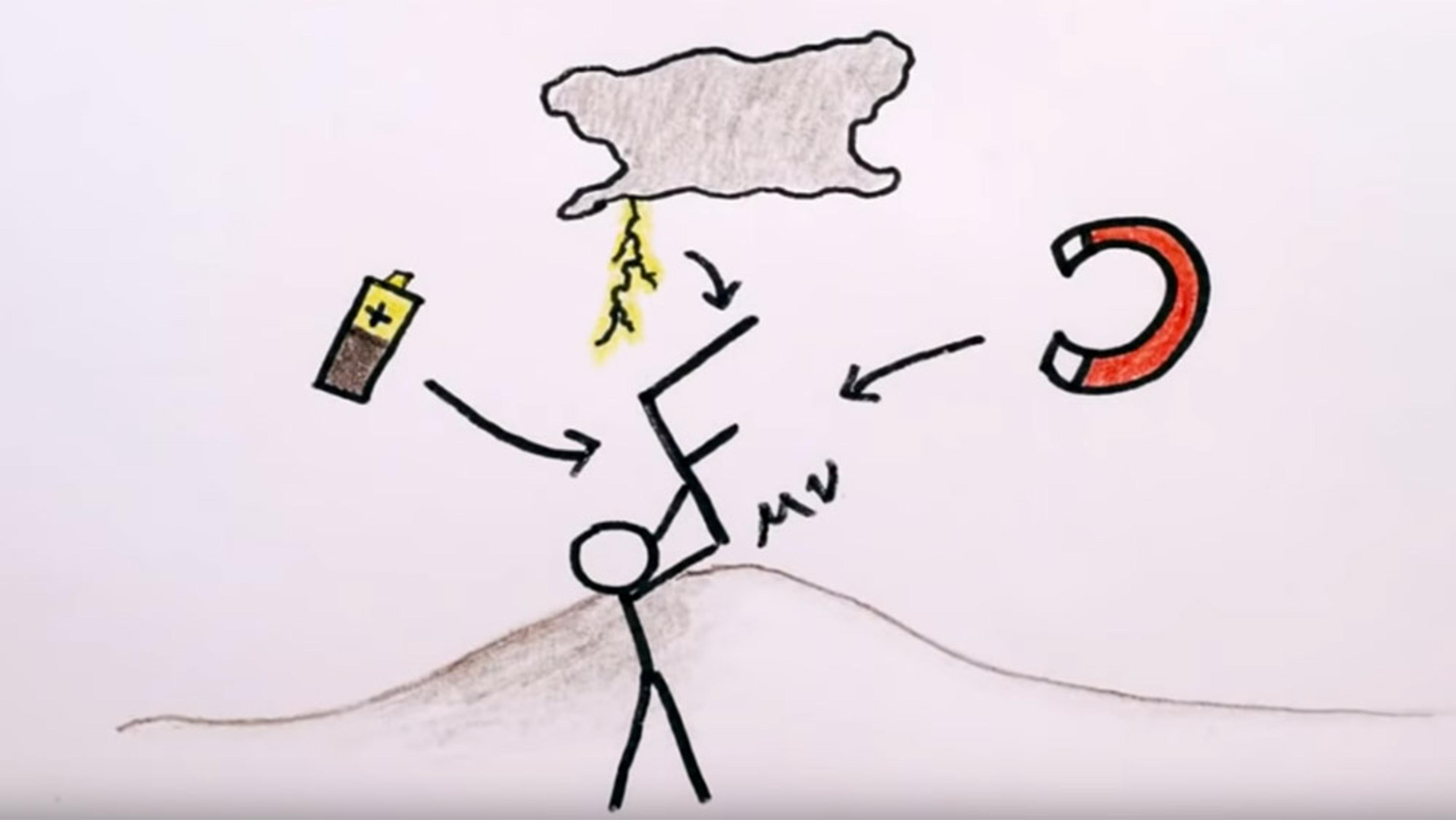
videoPhysics
How two scientists built a bridge between Newton and Einstein in ‘empty’ spaces
5 minutes
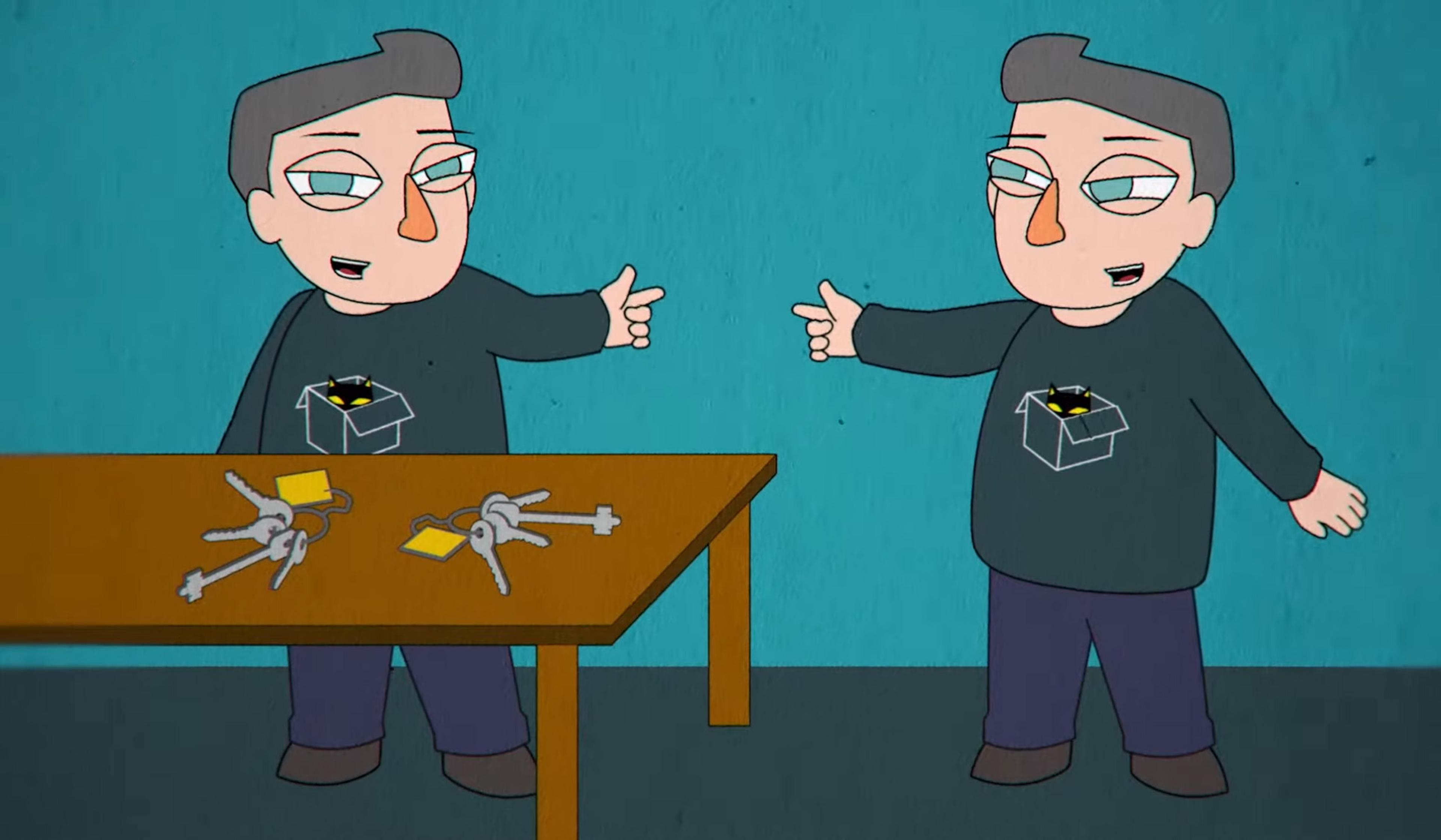
videoQuantum theory
Why aren’t our everyday lives as ‘spooky’ as the quantum world?
7 minutes
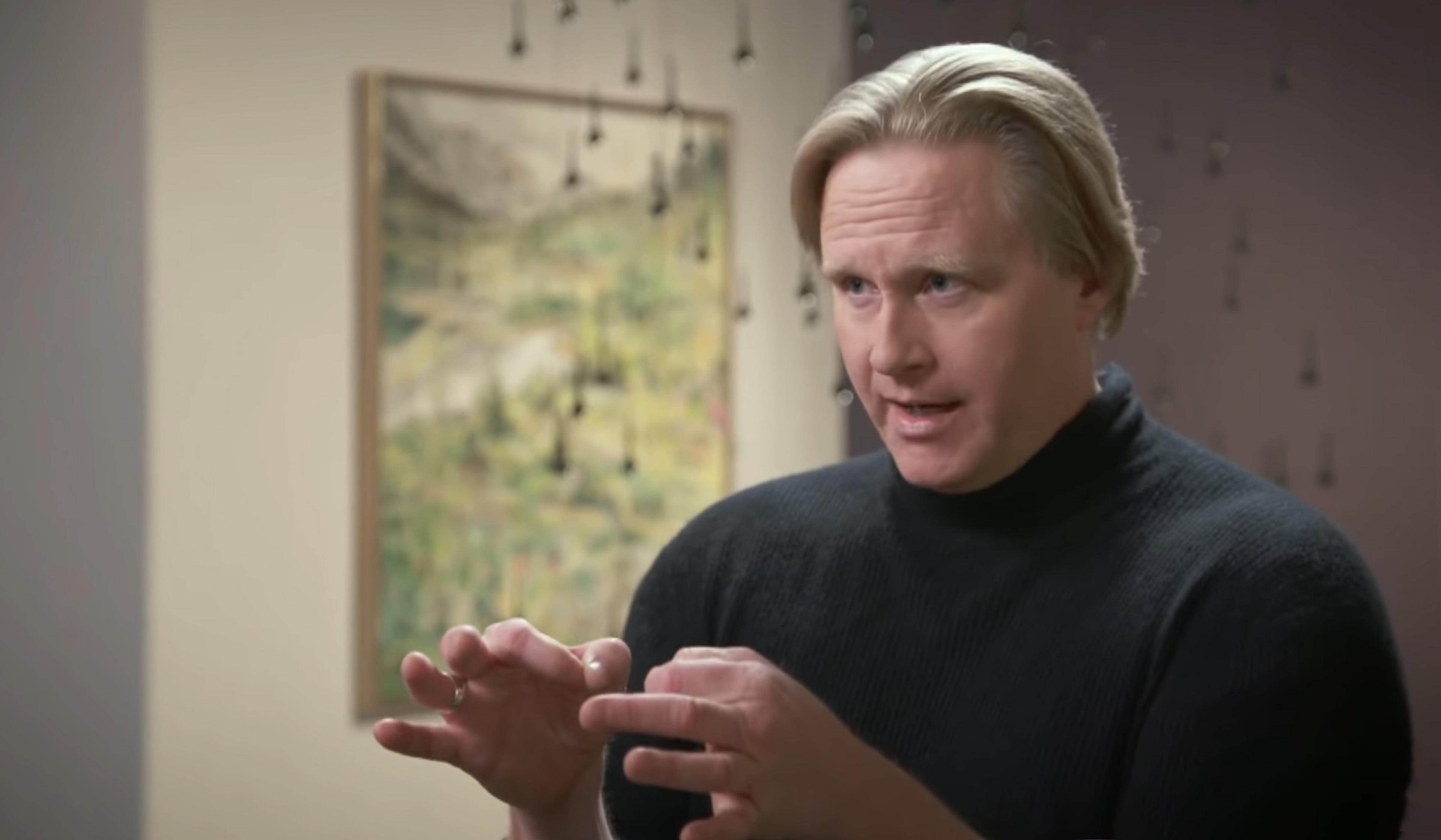
videoQuantum theory
Mind-bending new quantum experiments are blurring past, present and future
10 minutes
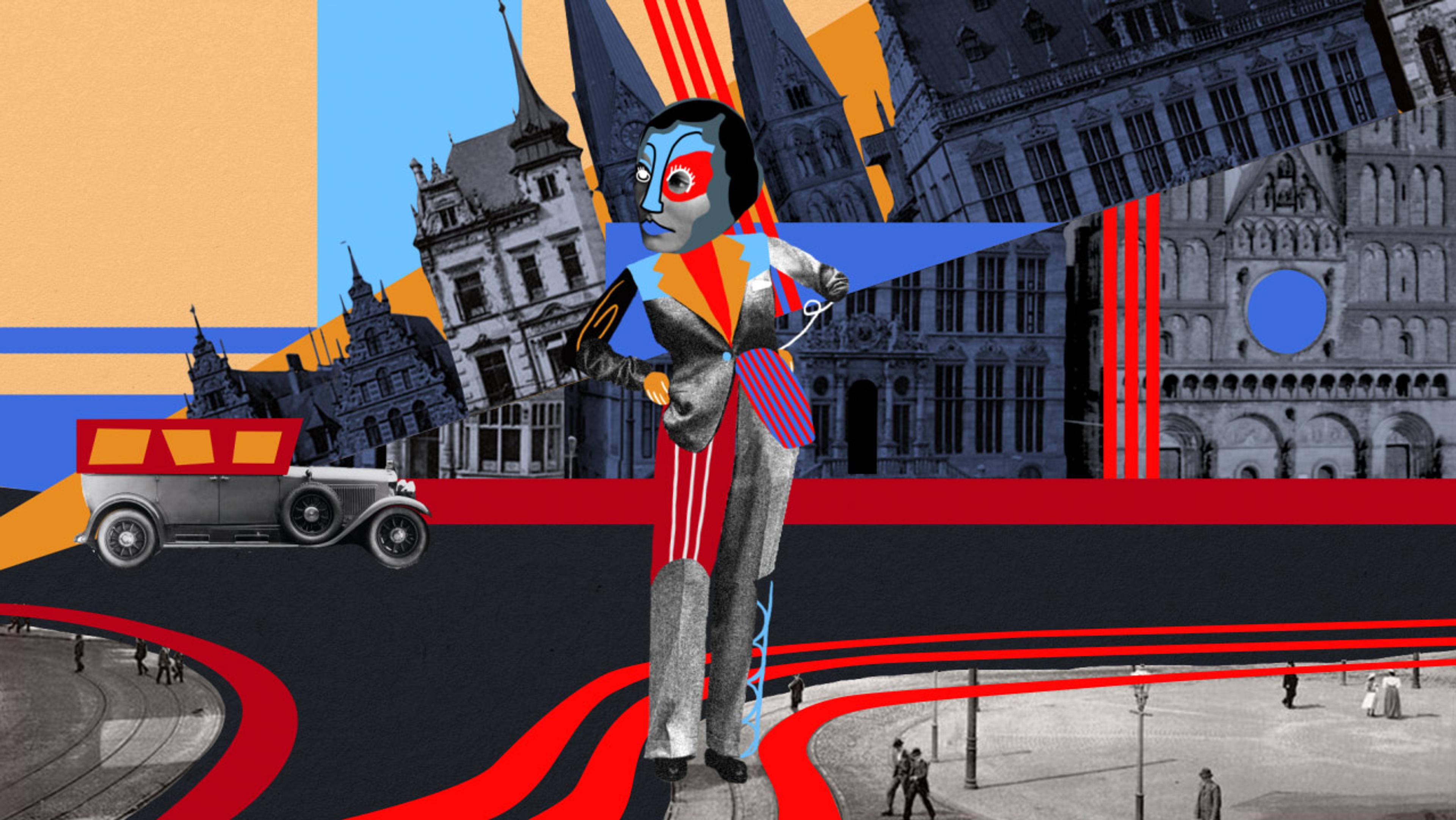
videoHistory of ideas
Splitting the truth: the philosopher that physics forgot
4 minutes

videoPhysics
Logic tells us that antimatter should have annihilated the Universe. So why hasn’t it?
4 minutes
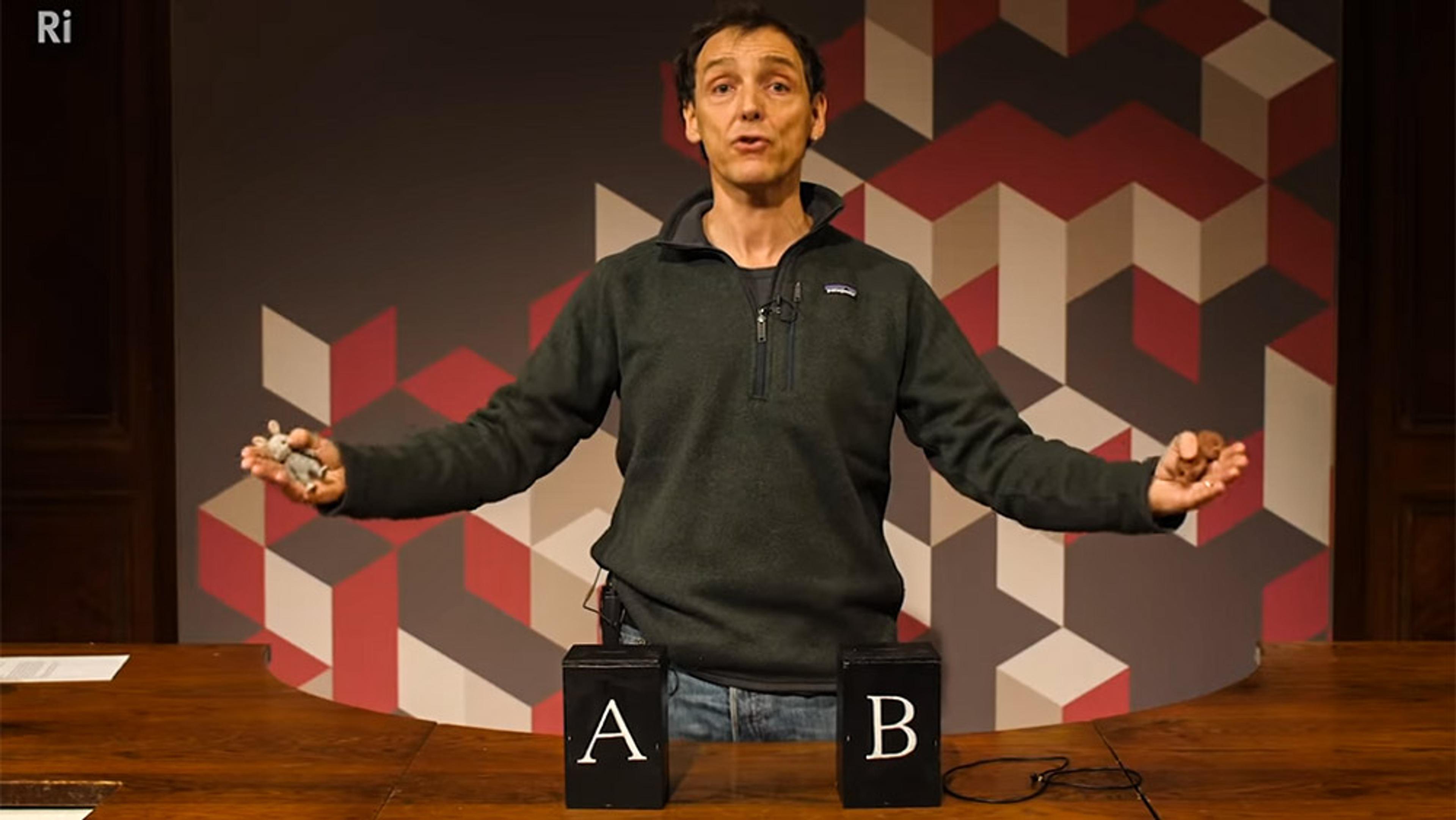
videoQuantum theory
Quantum entanglement is tough to dumb down, but this analogy can help detangle it
20 minutes

videoPhysics
The Standard Model might be the most successful theory in science. But what is it?
16 minutes

videoAstronomy
Take a 10 billion-year journey with a photon, from a distant supernova to Earth
3 minutes